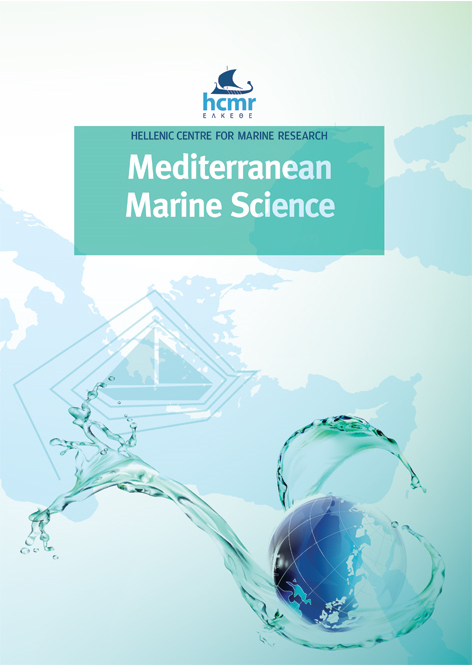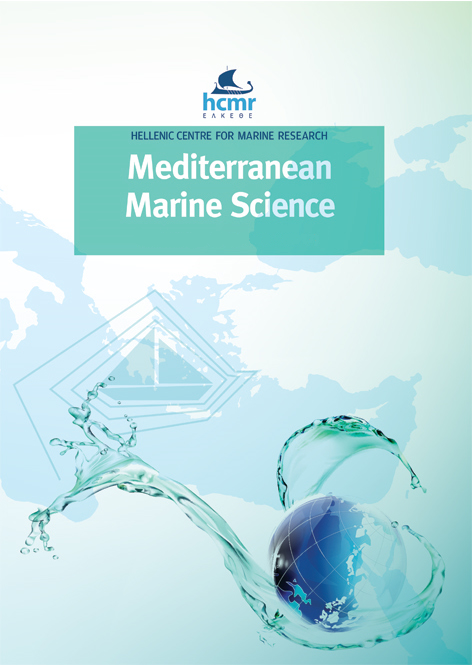Alien and cryptogenic Foraminifera in the Mediterranean Sea: A revision of taxa as part of the EU 2020 Marine Strategy Framework Directive

Abstract
The human-mediated translocation of marine alien species beyond their natural ranges started as early as people began navigating the sea and is of growing concern to nature conservation. The Mediterranean Sea is among the most severely affected areas by biological invasions, a phenomenon that has been fostered by the opening and recent extension of the Suez Canal, the transport and release of ballast water, aquaculture and aquarium trade, ichthyochory and other active or passive dispersal mechanisms. The
increase of marine invasions has stimulated considerable research, but for some important groups, in particular microorganisms, data are still limited. In this paper we have reviewed the current status of marine alien foraminifera in the Mediterranean Sea. Our survey includes a comrephensive taxonomic revision of previously recognized alien taxa, and new information obtained from the fossil record and from molecular studies. Our survey and reexamination of alien benthic foraminifera yielded a total of 44 validly
recognized species and two species of cryptogenic taxa and reduces the number of previous recordings. The revised list includes both larger symbiont-bearing and smaller benthic foraminifera, including 16 hyaline-perforate, 3 agglutinated and 25 porcelaneoustaxa. The vast majority of alien foraminifera recorded so far have become established in the Eastern and Central Mediterranean Sea, indicative for translocation and introduction via the Suez Canal pathway. Only one species, Amphistegina lobifera, causes
significant ecological impacts and fulfills the criteria to be considered as an invasive alien. This species is a prolific carbonate producer, and displays extreme forms of ecosystem invasibility with capabilities to reduce native diversity and species richness. The proliferation and rates of recently observed range extensions, track contemporary sea surface temperature increases, provide strong support for previous species distribution models, and corroborate findings that rising water temperatures, global climate
change and the extension of climate belts are major drivers fueling the latitudinal range expansion of larger symbiont-bearing and smaller epiphytic foraminifera. Intensified efforts to study alien foraminifera on a molecular level, in dated cores and in ballast water are required to trace their source of origin, to identify vectors of introduction and to verify their status as true aliens.
Article Details
- How to Cite
-
STULPINAITE, R., HYAMS-KAPHZAN, O., & LANGER, M. R. (2020). Alien and cryptogenic Foraminifera in the Mediterranean Sea: A revision of taxa as part of the EU 2020 Marine Strategy Framework Directive. Mediterranean Marine Science, 21(3), 719–758. https://doi.org/10.12681/mms.24673
- Issue
- Vol. 21 No. 3 (2020)
- Section
- Review Article
Authors who publish with this journal agree to the following terms:
- Authors retain copyright and grant the journal right of first publication with the work simultaneously licensed under a Creative Commons Attribution Non-Commercial License that allows others to share the work with an acknowledgement of the work's authorship and initial publication in this journal.
- Authors are able to enter into separate, additional contractual arrangements for the non-exclusive distribution of the journal's published version of the work (e.g. post it to an institutional repository or publish it in a book), with an acknowledgement of its initial publication in this journal.
- Authors are permitted and encouraged to post their work online (preferably in institutional repositories or on their website) prior to and during the submission process, as it can lead to productive exchanges, as well as earlier and greater citation of published work (See The Effect of Open Access).





